以下是基于块的全搜索运动估计算法的 C 语言代码实现:
```c
#include <stdio.h>
#include <stdlib.h>
#include <math.h>
#define WIDTH 128 // 视频帧宽度
#define HEIGHT 96 // 视频帧高度
#define BLOCK_SIZE 8 // 块大小
#define SEARCH_RANGE 8 // 搜索范围
// 定义块结构体
typedef struct Block {
int x;
int y;
int motion_x;
int motion_y;
double error;
} Block;
// 定义图像结构体
typedef struct Image {
int **data;
int width;
int height;
} Image;
// 函数声明
void read_image(char *filename, Image *image);
void write_image(char *filename, Image *image);
void destroy_image(Image *image);
void get_block(Image *image, int x, int y, Block *block);
double calculate_error(Image *image, Block *block, int dx, int dy);
void search_motion_vector(Image *image, Block *block);
int main() {
Image *image = (Image *) malloc(sizeof(Image));
read_image("input.yuv", image);
int num_blocks_x = image->width / BLOCK_SIZE;
int num_blocks_y = image->height / BLOCK_SIZE;
Block *blocks = (Block *) malloc(num_blocks_x * num_blocks_y * sizeof(Block));
for (int i = 0; i < num_blocks_y; i++) {
for (int j = 0; j < num_blocks_x; j++) {
Block *block = &blocks[i * num_blocks_x + j];
get_block(image, j * BLOCK_SIZE, i * BLOCK_SIZE, block);
search_motion_vector(image, block);
}
}
write_image("output.yuv", image);
destroy_image(image);
free(blocks);
return 0;
}
// 读取 YUV 文件
void read_image(char *filename, Image *image) {
FILE *file = fopen(filename, "rb");
if (file == NULL) {
printf("Error opening file.\n");
exit(1);
}
image->width = WIDTH;
image->height = HEIGHT;
image->data = (int **) malloc(image->height * sizeof(int *));
for (int i = 0; i < image->height; i++) {
image->data[i] = (int *) malloc(image->width * sizeof(int));
}
int YUV[3];
int row, col;
for (row = 0; row < image->height; row++) {
for (col = 0; col < image->width; col++) {
fread(YUV, sizeof(int), 3, file);
image->data[row][col] = YUV[0]; // 只读取 Y 分量
}
}
fclose(file);
}
// 写入 YUV 文件
void write_image(char *filename, Image *image) {
FILE *file = fopen(filename, "wb");
if (file == NULL) {
printf("Error opening file.\n");
exit(1);
}
int YUV[3] = {0, 128, 128};
int row, col;
for (row = 0; row < image->height; row++) {
for (col = 0; col < image->width; col++) {
YUV[0] = image->data[row][col];
fwrite(YUV, sizeof(int), 3, file);
}
}
fclose(file);
}
// 销毁图像
void destroy_image(Image *image) {
for (int i = 0; i < image->height; i++) {
free(image->data[i]);
}
free(image->data);
}
// 获取块
void get_block(Image *image, int x, int y, Block *block) {
block->x = x;
block->y = y;
block->motion_x = 0;
block->motion_y = 0;
block->error = 0.0;
for (int i = 0; i < BLOCK_SIZE; i++) {
for (int j = 0; j < BLOCK_SIZE; j++) {
block->error += pow(image->data[y + i][x + j], 2.0);
}
}
}
// 计算误差
double calculate_error(Image *image, Block *block, int dx, int dy) {
double error = 0.0;
for (int i = 0; i < BLOCK_SIZE; i++) {
for (int j = 0; j < BLOCK_SIZE; j++) {
int x = block->x + j;
int y = block->y + i;
int x2 = x + dx;
int y2 = y + dy;
if (x2 >= 0 && x2 < image->width && y2 >= 0 && y2 < image->height) {
error += pow(image->data[y][x] - image->data[y2][x2], 2.0);
} else {
error += pow(image->data[y][x], 2.0);
}
}
}
return error;
}
// 搜索运动矢量
void search_motion_vector(Image *image, Block *block) {
double min_error = block->error;
int min_dx = 0;
int min_dy = 0;
for (int dy = -SEARCH_RANGE; dy <= SEARCH_RANGE; dy++) {
for (int dx = -SEARCH_RANGE; dx <= SEARCH_RANGE; dx++) {
double error = calculate_error(image, block, dx, dy);
if (error < min_error) {
min_error = error;
min_dx = dx;
min_dy = dy;
}
}
}
block->motion_x = min_dx;
block->motion_y = min_dy;
}
```
以下是基于块的全搜索运动估计算法的 Matlab 代码实现:
```matlab
clear all;
close all;
% 定义常量
WIDTH = 128; % 视频帧宽度
HEIGHT = 96; % 视频帧高度
BLOCK_SIZE = 8; % 块大小
SEARCH_RANGE = 8; % 搜索范围
% 读取 YUV 文件
file = fopen('input.yuv', 'rb');
data = fread(file, WIDTH * HEIGHT * 1.5, 'uint8');
fclose(file);
% 只读取 Y 分量
YUV = reshape(data, WIDTH * 1.5, HEIGHT)';
Y = YUV(:, 1:WIDTH);
% 初始化运动矢量和误差
motion_vectors = zeros(HEIGHT / BLOCK_SIZE, WIDTH / BLOCK_SIZE, 2);
errors = zeros(HEIGHT / BLOCK_SIZE, WIDTH / BLOCK_SIZE);
% 遍历所有块
for i = 1 : HEIGHT / BLOCK_SIZE
for j = 1 : WIDTH / BLOCK_SIZE
% 获取当前块
x = (j - 1) * BLOCK_SIZE + 1;
y = (i - 1) * BLOCK_SIZE + 1;
block = Y(y : y + BLOCK_SIZE - 1, x : x + BLOCK_SIZE - 1);
% 初始化最小误差和运动矢量
min_error = inf;
min_dx = 0;
min_dy = 0;
% 搜索运动矢量
for dy = -SEARCH_RANGE : SEARCH_RANGE
for dx = -SEARCH_RANGE : SEARCH_RANGE
x2 = x + dx;
y2 = y + dy;
% 计算误差
if x2 >= 1 && x2 + BLOCK_SIZE - 1 <= WIDTH && y2 >= 1 && y2 + BLOCK_SIZE - 1 <= HEIGHT
error = sum(sum((block - Y(y2 : y2 + BLOCK_SIZE - 1, x2 : x2 + BLOCK_SIZE - 1)) .^ 2));
else
error = sum(sum(block .^ 2));
end
% 更新最小误差和运动矢量
if error < min_error
min_error = error;
min_dx = dx;
min_dy = dy;
end
end
end
% 保存运动矢量和误差
motion_vectors(i, j, 1) = min_dx;
motion_vectors(i, j, 2) = min_dy;
errors(i, j) = min_error;
end
end
% 保存运动矢量和误差为二进制文件
fid = fopen('motion_vectors.bin', 'wb');
fwrite(fid, motion_vectors, 'int16');
fclose(fid);
fid = fopen('errors.bin', 'wb');
fwrite(fid, errors, 'double');
fclose(fid);
% 保存运动矢量为文本文件
dlmwrite('motion_vectors.txt', reshape(motion_vectors, HEIGHT * WIDTH / BLOCK_SIZE ^ 2, 2), 'delimiter', ' ');
% 保存误差为图像文件
figure;
imshow(errors, []);
imwrite(errors / max(errors(:)), 'errors.png');
```


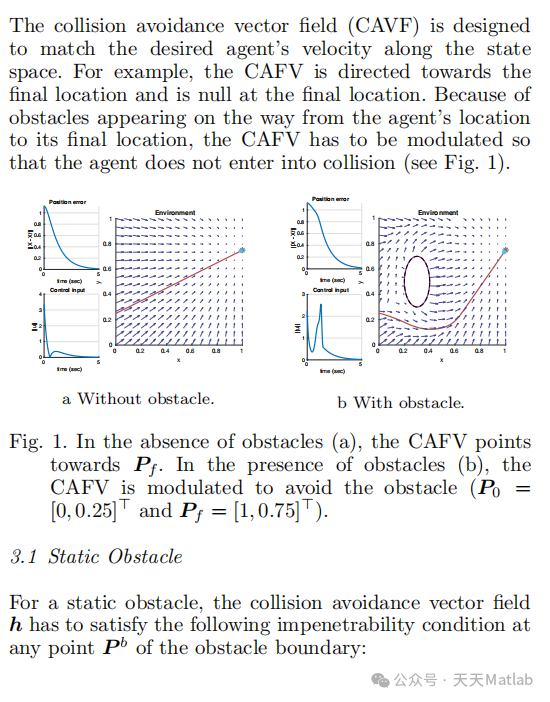
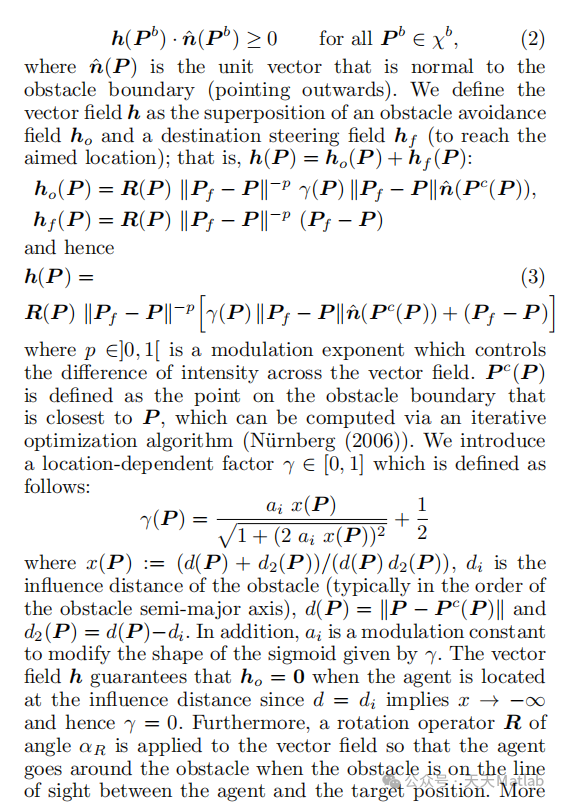
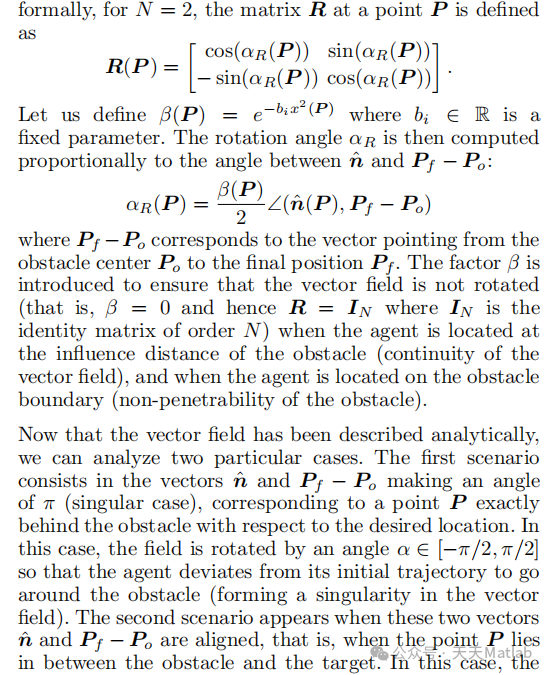


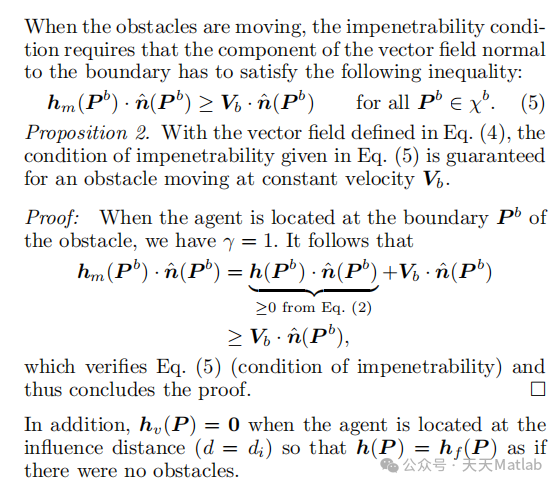
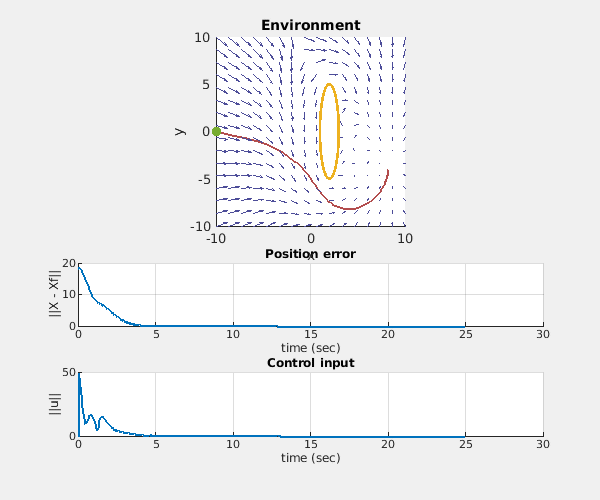
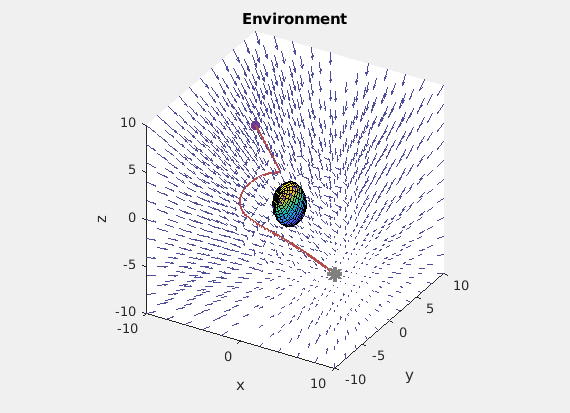


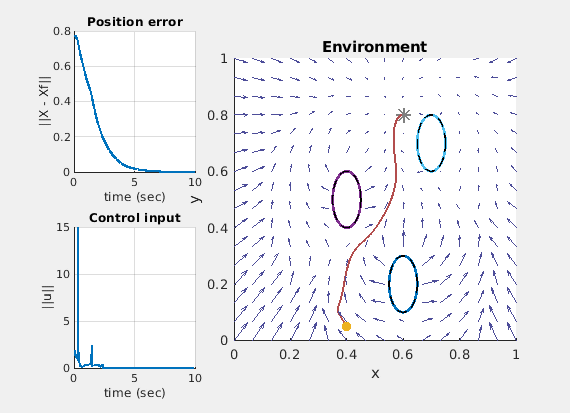

























 1345
1345











 被折叠的 条评论
为什么被折叠?
被折叠的 条评论
为什么被折叠?








